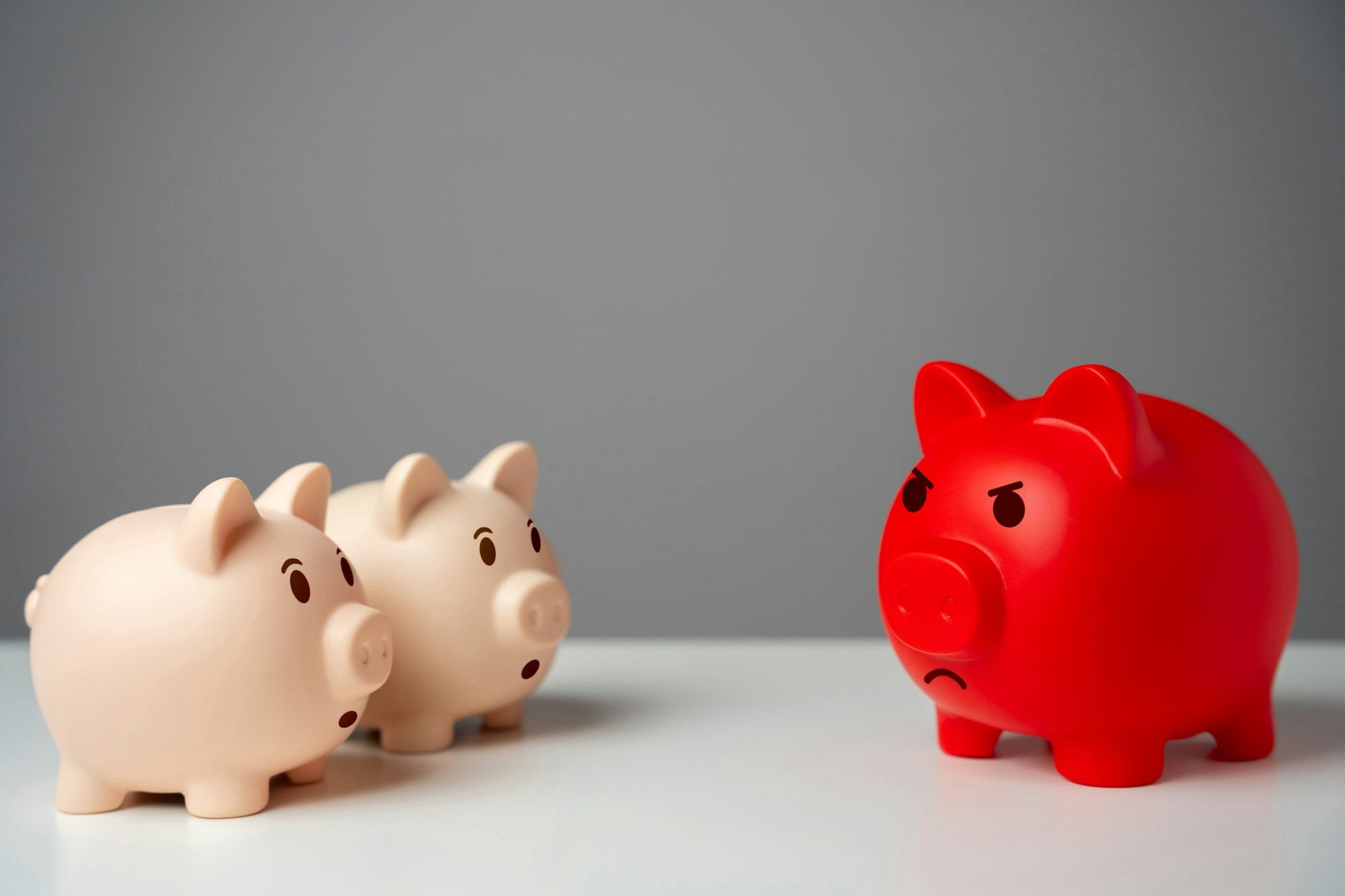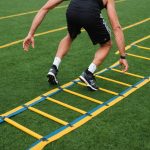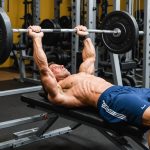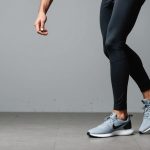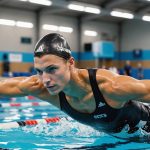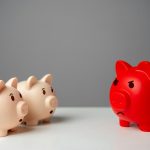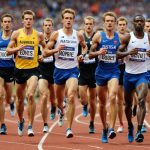Sprint kayaking demands not just speed but also exceptional stroke power. Athletes must leverage innovative techniques to gain an edge in competitions. Discover targeted strategies that enhance stroke efficiency, improve body mechanics, and boost overall performance. Explore cutting-edge training methods, technology integration, and nutrition tips tailored for sprint kayakers. With the right approach, athletes can unleash their full potential on the water, transforming every stroke into a powerful advantage.
Understanding Stroke Power in Sprint Kayaking
Exploring the dynamics of power and performance in sprint kayaking.
In the same genre : Top pistol gel blasters for realistic, safe indoor and outdoor play
The Biomechanics of Stroke Power
Stroke power is crucial in sprint kayaking, dictating the speed and efficiency of a kayaker. The biomechanics involve the interplay of muscle groups and the coordination required to propel the kayak forward. The paddler's technique, including the angle of entry and the force applied, directly impacts the power generated.
Importance for Speed and Efficiency
In sprint kayaking, maximizing stroke power is essential for achieving competitive speeds. Efficient power transfer from the paddler to the water reduces drag and increases velocity. This efficiency not only enhances speed but also conserves energy, allowing athletes to maintain peak performance throughout the race.
Also to read : Designing an Effective Weekly Training Plan for High Jumpers: A Guide for Athletes
Key Physiological Factors
Several physiological factors influence stroke power. These include muscle strength, cardiovascular endurance, and flexibility. Each plays a role in sustaining high-intensity paddling. Training regimens focusing on these areas can significantly boost a kayaker's performance.
Key Factors Influencing Stroke Power
- Muscle strength
- Cardiovascular endurance
- Flexibility
By understanding and optimizing these elements, kayakers can enhance their performance and achieve greater success in competitive environments.
Innovative Training Techniques
Driving performance through targeted methods and exercises.
Specific Drills to Enhance Stroke Power
To boost stroke power, kayakers can incorporate specific drills into their routine. These drills focus on improving the efficiency and strength of each stroke. For instance, using resistance bands during paddling can simulate water resistance, encouraging muscle adaptation and power enhancement.
Integration of Strength Training for Kayakers
Strength training is integral to developing stroke power. By focusing on muscle groups crucial for kayaking, athletes can improve their force output. Exercises like deadlifts, bench presses, and core workouts are essential. These exercises build the foundational strength needed to optimize stroke performance.
Role of Interval Training in Developing Power
Interval training plays a pivotal role in enhancing stroke power. By alternating between high-intensity paddling and rest periods, kayakers can increase their cardiovascular endurance and power output. This method helps in building stamina and the ability to sustain high power levels during races.
- Specific Drills: Resistance bands, on-water sprints
- Strength Training: Deadlifts, bench presses, core exercises
- Interval Training: High-intensity paddling, rest intervals
By integrating these innovative techniques, kayakers can significantly enhance their performance, ensuring they maintain competitive edge.
Expert Insights on Stroke Mechanics
Exploring expert perspectives to enhance performance analysis.
Interviews with Elite Kayakers
Gaining insights from elite kayakers provides valuable understanding of stroke mechanics. These athletes emphasize the importance of technique refinement and consistent practice. As one kayaker noted, "The smallest adjustment in stroke can lead to significant performance gains." They highlight the necessity of focusing on the entry angle and force application to optimize power.
Analysis of Successful Techniques
Analyzing successful techniques involves examining the biomechanics of stroke mechanics. Elite kayakers often utilize video analysis to dissect their performance. This approach allows them to identify areas for improvement and refine their technique. A common strategy is the "catch phase," where maximizing water grip is crucial for effective propulsion.
Expert Recommendations for Training
Experts recommend incorporating diverse training methods to enhance stroke mechanics. A balanced regimen that includes strength, flexibility, and endurance training is essential. For instance, focusing on core stability can significantly improve stroke efficiency. Additionally, mental conditioning, such as visualization techniques, can play a pivotal role in achieving optimal performance.
- Core Stability: Essential for maintaining balance
- Visualization Techniques: Aid in mental preparation
- Video Analysis: Useful for performance refinement
By following these expert recommendations, kayakers can refine their stroke mechanics and enhance their overall performance.
Biomechanical Analysis of Stroke Techniques
Exploring the intricate dynamics of kayaking for optimized performance.
Comparison of Different Paddle Techniques
In sprint kayaking, the choice of paddle techniques significantly influences performance. Various techniques, such as the high-angle and low-angle strokes, offer distinct advantages. The high-angle stroke, for instance, is known for generating more stroke power due to its vertical entry and exit, which maximizes water contact. Conversely, the low-angle stroke is often preferred for longer distances, prioritizing efficiency over raw power.
The Impact of Body Positioning on Stroke Power
Body positioning plays a critical role in enhancing stroke power. Proper alignment ensures that energy is effectively transferred from the paddler to the kayak. A forward-leaning posture, combined with rotational movement, allows for a more powerful stroke. This technique not only increases efficiency but also reduces the risk of injury by promoting natural body mechanics.
Video Analysis of Stroke Mechanics
Utilizing video analysis is a valuable tool for refining stroke techniques. By reviewing footage, kayakers can identify subtle flaws in their form and make necessary adjustments. This method provides a clear visual representation of body positioning and paddle movement, offering insights into optimizing stroke power.
- High-angle stroke: Maximizes power
- Low-angle stroke: Enhances efficiency
- Video analysis: Essential for technique refinement
Nutritional Strategies for Enhanced Performance
Optimizing dietary intake to boost stroke power in sprint kayaking.
Importance of Nutrition in Stroke Power
Nutrition plays a pivotal role in enhancing stroke power for sprint kayakers. A well-balanced diet provides the necessary energy and nutrients to fuel high-intensity performances. Proper energy management ensures that athletes can sustain powerful strokes throughout a race. Consuming a diet rich in carbohydrates, proteins, and healthy fats supports muscle recovery and endurance.
Recommended Diets for Sprint Kayakers
Sprint kayakers should focus on a diet that supports performance enhancement. Carbohydrates are crucial for maintaining energy levels, while proteins aid in muscle repair and growth. A typical meal plan might include whole grains, lean meats, and a variety of fruits and vegetables. Hydration is equally important, as it impacts muscle function and overall stamina.
- Carbohydrates: Whole grains, fruits
- Proteins: Lean meats, legumes
- Fats: Nuts, avocados
Timing of Nutrition Intake for Optimal Performance
The timing of nutrition intake is critical for optimizing performance. Consuming a carbohydrate-rich meal 3-4 hours before competition ensures adequate energy reserves. Post-race, a protein-rich snack aids in recovery. Strategic energy management through timed meals can significantly enhance stroke power and overall performance.
By focusing on these nutritional strategies, kayakers can achieve peak performance levels.
Monitoring and Measuring Progress
Effective strategies to track and enhance performance in sprint kayaking.
Tools and Methods for Measuring Stroke Power
Monitoring progress tracking in sprint kayaking is essential for optimizing performance. Various tools, such as GPS devices and power meters, are instrumental in providing accurate performance metrics. These devices measure stroke power and speed, offering real-time data for athletes. By utilizing these tools, kayakers can gain insights into their training goals and adjust their routines accordingly.
Setting Realistic Training Goals
Establishing training goals is crucial for sustained improvement. Goals should be specific, measurable, and achievable, aligning with the athlete's current skill level. A practical approach involves setting short-term objectives that lead to long-term success. For example, increasing stroke power by 10% over a three-month period can be a realistic target. This structured method ensures consistent progress tracking and motivation.
Analyzing Performance Data for Improvement
Analyzing performance metrics is vital for identifying areas of improvement. By reviewing data, athletes can pinpoint weaknesses and refine their techniques. A common practice is to compare current metrics with past performances to evaluate progress. This analysis helps in setting new training goals and enhancing overall stroke power.
- Tools: GPS devices, power meters
- Goals: Specific, measurable, achievable
- Data Analysis: Evaluate weaknesses, refine techniques
Focusing on these strategies enables kayakers to systematically improve their performance.

